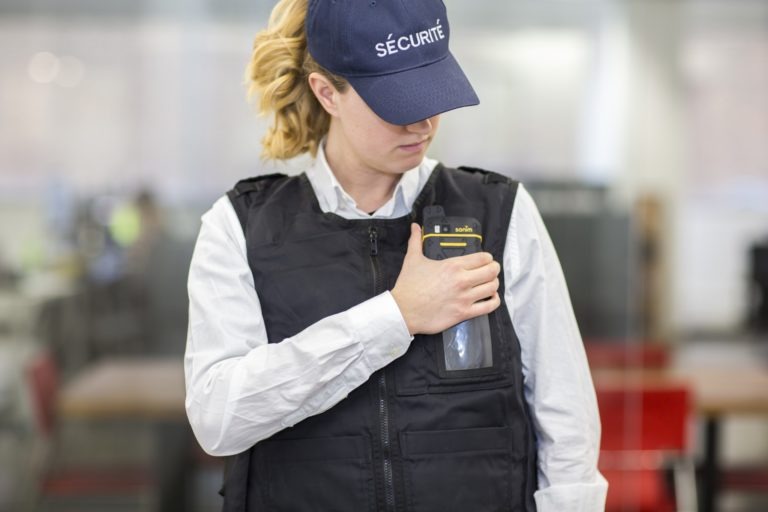Maintaining profitability is essential for any business, regardless of size. But are you allocating part of your budget for the things that matter most? While personnel and equipment are important, budgeting for security can make an immense difference for the long-term viability of your company.
The truth is that many businesses don’t give security nearly as much time or attention as it deserves. But even small improvements in how you budget security will have a lasting impact. Here’s a closer look at how you can take a proactive budgeting approach when addressing both physical and cybersecurity needs.
Identify Inefficiencies
Not every company has a huge budget that can be allocated to security. You may be tempted to think that your current security measures are more than enough to address your business’s needs. But when was the last time you evaluated the efficiency of your security practices and policies? Taking a closer look can help you make better use of your budget while simultaneously making use of more effective methods.For example, you might currently have an automated locking system that limits facility access after hours, but it may be prone to performance issues or it could be more expensive than an equally effective alternative solution. Even if you aren’t in a position to increase your security budget, identifying and addressing current inefficiencies in your security approach will help you get more out of your investment.
Learn From a Risk Assessment
Many companies don’t invest enough in security (or invest in the wrong areas) simply because they aren’t aware of the risks their business faces. This makes a professional risk assessment essential for any company that is serious about improving its security measures. This process involves bringing in a third-party security professional to evaluate your facility both inside and out. They evaluate everything from employee training to the security tools you currently use to identify the threats that pose the greatest risk to your business.
Risk assessments are often more effective than an internal audit because they can identify issues an untrained eye would likely miss. To provide even greater value, these assessments typically provide suggestions on how to mitigate potential security issues, helping you identify how you can make better use of your budget.
Crunch the Numbers

Investing in security isn’t as exciting as a flashy new marketing campaign, but crunching the numbers can help you change your outlook. It helps to think of security investments as a type of insurance. Though you pay a certain amount each month without seeing a direct return, the peace of mind and protection against potential financial setbacks is well worth the investment.
It can be particularly helpful to compare the costs between proactively investing in security and responding to a crisis. For example, replacing stolen equipment won’t merely cause a financial dent by forcing you to buy replacements. You’d also lose productivity (and potentially a few clients) as you tried to acquire new equipment. Even a single preventable incident can exceed the annual security expenses that would have been enough to avoid it. Even a small investment in improved security measures can help you avoid both the direct and indirect costs of this type of event.
The Right Focus
Today’s companies can’t pick and choose between cybersecurity and physical security. Both areas should be fully accounted for in a company’s budget. By taking proactive steps to continually improve your current security practices, your company will get a far greater return on its investments, ensuring that you’ll be able to use the rest of your budget as originally planned.



